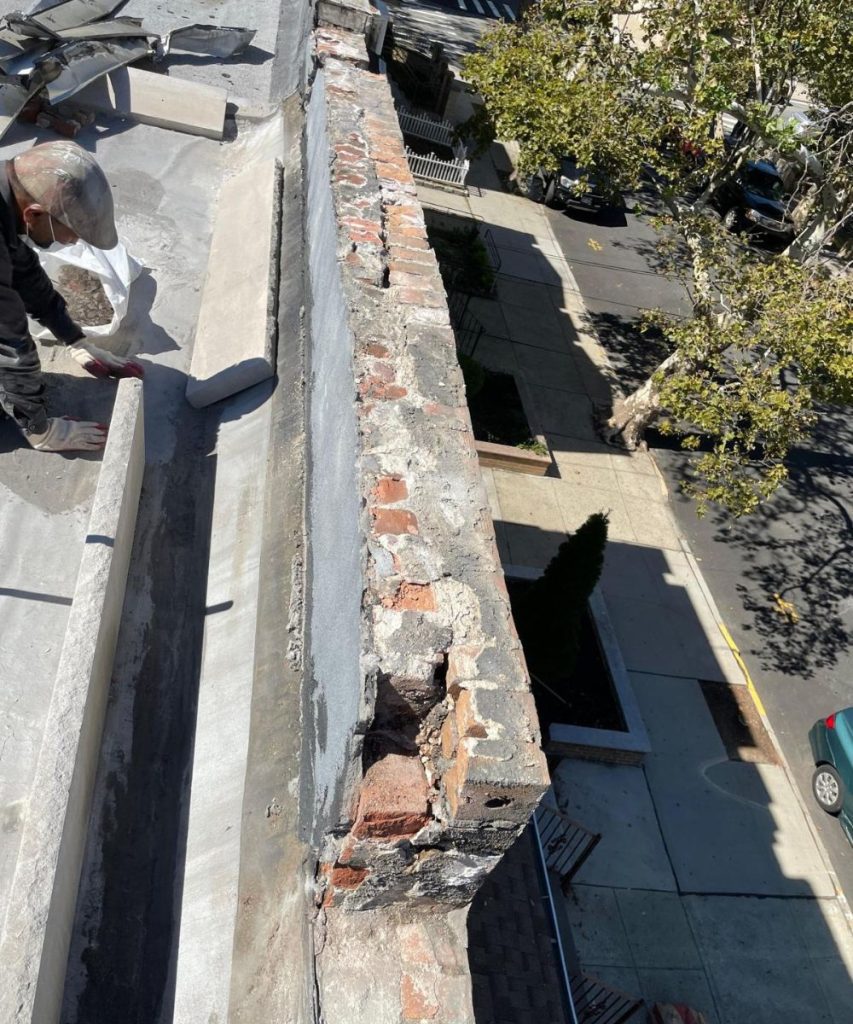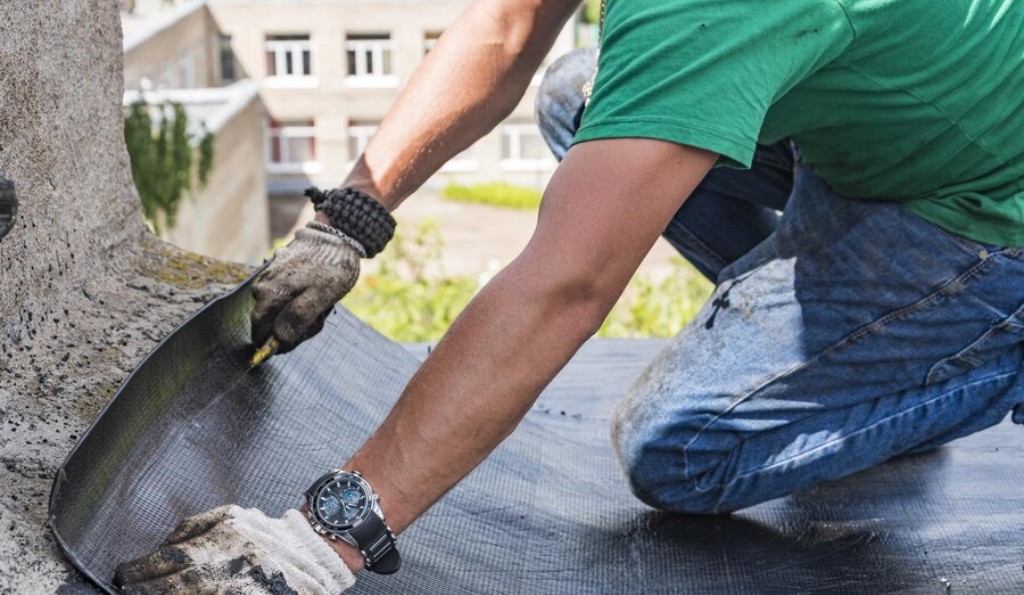The weather in Brooklyn isn’t what most people will call stable. You might be getting snow or rain earlier or later than you might have predicted. This unpredictable weather is what causes some buildings to have structural damage over time. And that’s why it’s very much encouraged to waterproof your buildings.
But how long does interior and exterior waterproofing last? That’s what everyone asks because of how expensive the process can be. And that’s what we will discuss in this article.
Table of Contents
Interior Waterproofing
Interior waterproofing is done to ensure that water doesn’t penetrate inside the building. It helps to keep the home’s interior dry and free of water damage. The process is done mostly in areas like the basements and crawl spaces.
Interior waterproofing services are crucial for preventing issues like water seepage and structural damage. It keeps your living areas safe and dry as well.
Methods of Interior Waterproofing
There are multiple ways through which professional waterproofing services do interior waterproofing. Let’s check a few of the popular methods.
Sealants
Sealants are materials that you can apply to surfaces like your walls and floors to create a waterproof barrier. They often fill in cracks and gaps where water might seep in. Sealants can be made of different materials, like silicone or acrylic, and are easy to apply with a brush or a caulking gun. Once they dry, they form a strong, water-resistant layer that helps keep moisture out.
Drainage Systems
Interior drainage systems are built to collect and remove any water that gets into your home. One common type of drainage system is the French drain. This system digs out a trench around the basement perimeter and installs a perforated pipe that collects water and directs it away from your home. Another option is a sump pump, which is a device that pumps water out of your basement and away from your foundation. These systems work together to keep your basement dry and prevent water damage.
Waterproof Coatings
Waterproof coatings are special paints or sprays that are appllied to your walls and floors. These coatings create a waterproof layer that stops water from penetrating the surface. They are usually made of materials like epoxy or latex and can be applied with a brush, roller, or sprayer. Waterproof coating is a great way to protect your basement or crawl space from moisture and keep your home dry and comfortable.
Exterior Waterproofing
The opposite of interior waterproofing is exterior waterproofing. This process ensures your home’s exterior isn’t getting any water damage. Water tends to rust and damage a lot of the material that makes up a house over time.
Damages and issues like basement flooding, foundation cracks, and structural damage. That’s why exterior waterproofing is needed. Exterior waterproofing creates a barrier around your home that stops water from entering.
Methods of Exterior Waterproofing
Exterior waterproofing can be done in several ways, each ideal for a certain building. Let’s examine the most popular methods used by professionals.
Membranes
Membranes are thick, waterproof layers that are applied to the outside walls of your home’s foundation. These membranes are usually made from materials like rubber or plastic. They are installed to create a strong barrier that prevents water from passing through the foundation walls. Membranes are often applied in large sheets and are sealed tightly to ensure no water can get through. This method effectively keeps your foundation dry and protected from moisture.
Drainage Boards
Drainage boards are installed on the outside of your foundation to help direct water away from your home. These boards are made from materials like plastic or foam and have small channels or grooves that allow water to flow down and away from the foundation. Drainage boards create a space between the soil and your foundation, allowing water to drain more easily. This helps reduce the pressure on your foundation walls and prevents water from seeping in.
Exterior Coatings
Exterior coatings are special waterproof paints or sprays that are applied to the outside walls of your foundation. These waterproof coatings create a protective layer that repels water and prevents it from penetrating the surface. Exterior coatings are made from materials like asphalt or latex and can be applied with a brush, roller, or sprayer. They are an important part of the exterior waterproofing process because they add an extra layer of protection to your foundation.
Factors Affecting the Longevity of Waterproofing

Depending on a number of factors, the answer to how long interior and exterior waterproofing lasts can change. Let’s go over the main ones together:
Quality of Materials
Quality material can drastically change how long interior and exterior waterproofing lasts. The better the materials used, the longer the waterproofing will last. It is that simple. This is because the quality material will ensure they don’t break down too quickly or let too much water in.
The best waterproofing services in Brooklyn always use the best material to ensure your building is waterproof for decades.
Installation Techniques
How the waterproofing is installed in a building also impacts how long interior and exterior waterproofing lasts. Proper installs ensure that the materials are applied thoroughly and correctly. This helps prevent gaps, cracks, or holes from forming through which water might get in.
Hiring skilled professionals who know how to install waterproofing systems properly is important. Good installation techniques help the waterproofing last longer and work more effectively.
Maintenance Practices
How well you maintain your waterproofing install will also impact how long it will last. To ensure your building is protected from water you need to maintain the installation diligently. That means taking care of any signs of damage, like cracks or leaks. You should also clean the gutter and drains to prevent water flowing into the installation.
If you ignore maintenance, small problems can become big ones, and your waterproofing might fail sooner. By caring for your waterproofing system, you can extend its life and keep your home safe from water damage.
Environmental Factors
There are some factors that are completely out of your control. The weather and surrounding environment is one of them. In Brooklyn, rain, snow, and humidity is more prevalent so this impacts the longevity of waterproofing installations.
The extreme temperatures cause the materials to wear out sooner. Understanding your local climate helps you take the right steps to protect your waterproofing.
How Long Does Interior and Exterior Waterproofing Last?
So what’s our final answer on how long does interior and exterior waterproofing lasts? Well, there isn’t one. Most sources will say that they last for about 10 years if the conditions are good. But AKRoofing3D isn’t like the rest of the home improvement contractors in Brooklyn. Our experts will ensure that your buildings’ waterproofing will last much longer upwards of 30 years with proper maintenance and care.
Further Reading: What is the Best Way to Waterproof a Roof in Brooklyn?
Conclusion
Most waterproofing service providers in Brooklyn state that the installation will last for about 10 years. However, top-notch professionals like AKRoofing3D will ensure our clients’ waterproofing installations last for much longer, up to 30 years.
We provide both interior and exterior waterproofing with the best materials which are installed by professionals with years of experience. Our top-quality services ensure other than the weather and environment no other factors negatively impact the longevity of your waterproofing installations.

